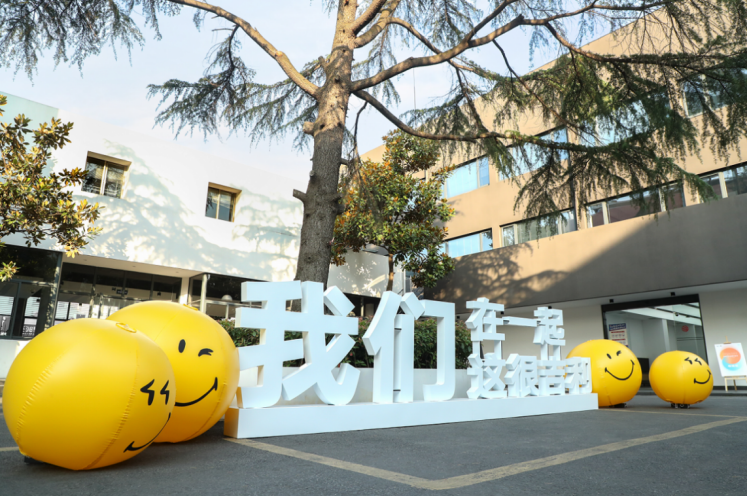*This article is from autocarweekly WeChat official account
Author: Jiang Xiaohua
In Mr. Yang Jiang’s novel “We Three”, there is such a passage: Our family is very simple; the three of us are very pure. We do not seek anything from the world, nor do we contend with others. We only seek to be together, to stay together, and to do what we can. When we encounter difficulties, we bear them together, and the difficulties are no longer difficulties; when we accompany and help each other, no matter what bitter and arduous things, they can become sweet. Even a little bit of happiness can make us very happy.
In just a few dozen words, the true meaning of Chinese “family” culture is summed up, and the key word appears six times, which is “our”.
The word “our” in Chinese has a richer connotation than its counterparts in other languages. Many times, it represents common perseverance, mission, and pursuit, and also implies common happiness, sadness, and wishes, even common behavioral boundaries and tacit understanding. Its meaning is based on the consensus and mutual recognition achieved by a group of people called “us”. The meaning of “our” lies in the fact that each of us gains happiness and becomes better because of joining “us”.
Many times, I always feel that the reason why only in Chinese enterprises and Chinese market, can we quickly develop a highly recognized user culture in the industry through intelligent and new energy upgrades when facing the intelligence of the industry in the familiar automobile industry, is due to the understanding of the word “our”.
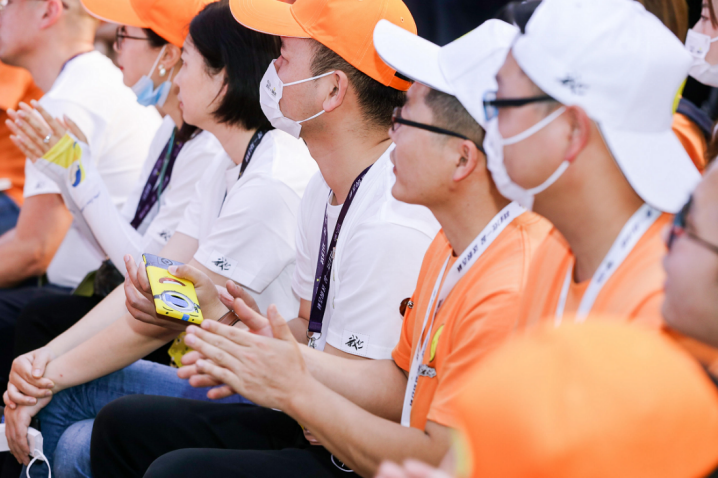
Finding “our” that belongs to oneself is a question that excellent Chinese enterprises will naturally think about from the beginning. For Chinese enterprises, the three soul questions popular in the West, “Who am I, Where do I come from, and Where am I going”, are finally answered in the pursuit, integration, and scrutiny of “our”.
Fan Zhongyan’s famous words in the Yueyang Tower, “If no one knows me, whom shall I go with” exactly represent this meaning. Without “our”, there is no me. This is quite different from the enterprise thinking foundation of the Western culture, where “there is me, there is the world”. Ultimately, they converge but take quite different paths.
Although some newly established car companies have a more distinctive approach in this movement of building user logic for car companies, in fact, their methods have not surpassed the traditional mentality of Chinese enterprises. Excellent Chinese enterprises think about the development of the company based on users. Enterprises that do not seek to resonate with users have basic no long-term vitality.
A few days ago, Li Shufu, the founder of Geely Group, said to Geely people in an internal speech: The foundation of our current hard work must be based on working with users, doing our best to create happiness for users, especially now that we have already had sufficient capabilities and achieved sustainable development, we should put all our energy into creating happiness for users.On June 6th, at the first styling center open day for users, Geely Automotive finally released their long-awaited user brand – “We”.
During the launch event, Lin Jie, Vice President of Geely Automotive Group and a founding employee, deeply discussed his understanding of the user brand “We” in six sentences.
Firstly, despite the formal release of the user brand “We” only taking place today, Geely has been with their users for 25 years. Geely is an automotive company that has thrived based on their users. When Geely Automotive was founded, trust and support from users were the only foundations that Geely had to start and develop from. Therefore, although Geely only officially proposed user co-creation today, Geely Automotive has actually grown through user co-creation. Users have always told us what kind of car we need to make and what kind of path we should take.
Therefore, within Geely, when they hear the brand name “We”, everyone immediately understands what they need to do. They need to use network technology and their own technical strength to do what they have always been doing, but better.
Secondly, “We” is not just an APP. To build the “We” brand, it is not enough to just make an APP. It is not enough to make a good APP and have everything solved. An APP is a new and useful tool that Geely Automotive can use to comprehensively upgrade and update their work philosophy, workflow, and standardization.
For example, the first step is to decide who has the power to make decisions regarding enterprise and product development. So, by giving this decision-making power to the user, the evaluation criteria and decision-making mechanisms within Geely Automotive will naturally shift towards a user-centric approach. And then, how to standardize the process of collecting, aggregating, analyzing, evaluating, and implementing user wishes gradually needs to be established. This is the biggest transformation that the “We” user brand sets for Geely Automotive itself.
Geely believes that they should build what users really need. With an APP as a great tool, this strengthens Geely’s ability to deliver on this belief. It shortens the time to meet the needs of new users and creates new and timely joys for users with greater precision.
Thirdly, the first step in making “We” successful is to treat users like people, like family.Lin Jie said that users are actually the best communicators. As long as you treat them like family, no one will come specifically to oppose you. For example, the price of cars. Of course, everyone hopes to buy a better car at a lower price, but can we assume that there is opposition between us and the users?
No, some car brands like high pricing, and then lower the price when sales aren’t good, creating a market illusion of cost-effectiveness-which of course will be opposed by car owners who have already bought the car. The same thing happens when a new version of a car is released. According to contract law, there is of course no problem, but is the user making things difficult? Obviously not. If we insist on accurate pricing, these problems will not occur. Lin Jie joked that he has been selling cars for so many years and has never met an owner who wanted him to sell cars at a loss. There are many car owners who have asked him, “You sell cars this way, can you really make money?”
Some users are worried that the price of second-hand cars of independent brands will plummet, and they hesitate to buy independent brands. Is this why users scorn independent brands? Never give users such labels. We ensure the quality and value of the product itself, insist on accurate pricing, and maintain market prices. I can tell users, “I can buy it back at 75% in two years.” Many of Lynk & Co.’s products have a residual value of more than 75% in two years.
Geely has always believed that if users have concentrated complaints, it is because the company has not done well. For example, on the first day of the APP launch, Geely did not expect that nearly 300,000 users would register within a few seconds, and the system crashed for an hour.
This is what we didn’t do well. If users complain, we should learn from the lessons as soon as possible and do our best to solve the problems. If there is a problem, it doesn’t matter. If you work hard to solve the problem, and do things well, users will be satisfied.
But you cannot knowingly make the user unhappy for the sake of your own purpose, even if there are no problems with the contract. This is just like treating family members. You will not do something that you know will make your family unhappy simply because it is not illegal. If you have this mindset, it cannot be called “us”.
Fourth, to create a good user brand, we need to start with human nature.
Geely’s user brand is named “us”, which establishes an equal and mutually helpful perspective between Geely and its users. Treating users well is the starting point and purpose of “us”. Geely is good to users, and users will give us objective suggestions, a large number of valuable information, selfless help, constant reminders, and happy relationships.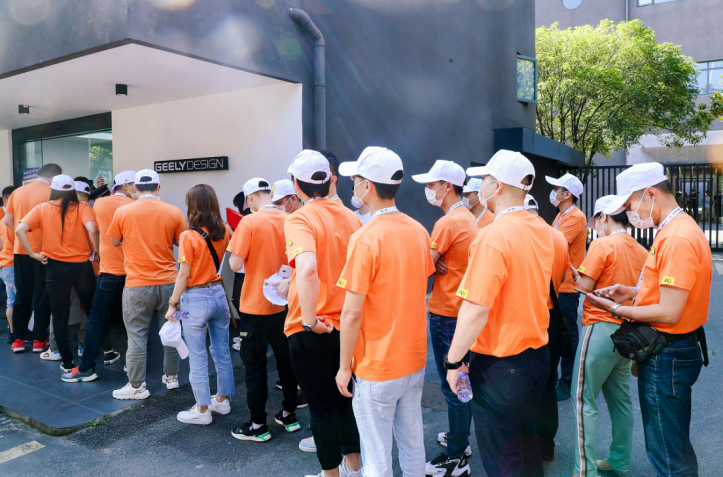
Q coins and Jifen settings are not used to lure users to buy cars or induce users to top-up or post to drive APP activity. Instead, they are based on the principle of mutual benefit to create happy gadgets for users.
The relationship between “us” is that of a family, not exploitation or taking advantage of each other. It is not that I only think of using you to help me sell more cars, and you try to exploit any loopholes in my rules to harvest some Jifen.
For example, Geely has been rewarding users for recommending new customers to buy Geely cars for a long time. However, this reward is not about how much money I can give you for recommending a user.
If it were, wouldn’t it be the same as letting you earn money from your friends you recommended? This is not in line with the “us” brand’s humanity; it becomes exploitative MLM.
We hope that users will recommend our products based on their recognition of Geely’s products and enterprise, and the idea of recommending good things to friends. Previously, we gave the referrer and the new user one free maintenance each, but now we offer one Jifen each, making everyone happy and benefiting together to achieve beyond expected automotive products and Geely life, which is what “we” pursue.
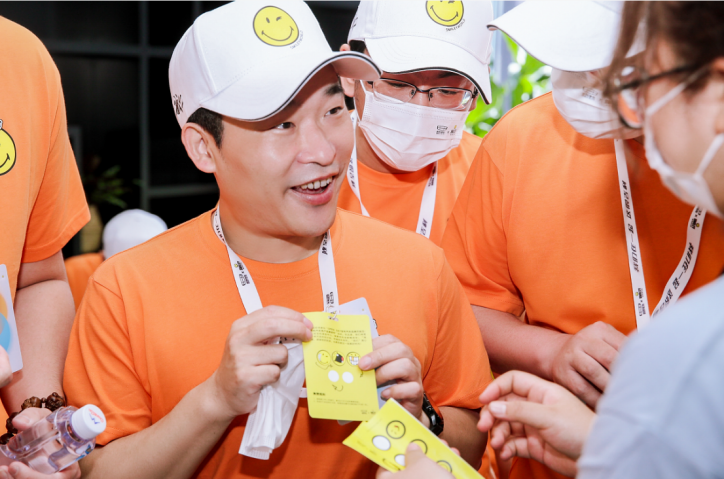
Fifth, to build a user brand, the focus should be on maximizing product quality.
This is not only the opportunity that modern communication technology has brought to enterprises, but also the new demands that users have made on automotive products today. Lin Jie believes that the development of the automotive industry in the future cannot rely on simply replicating mass production to achieve large sales. It will be a rare event to sell tens of thousands or even millions of a car model. An excellent enterprise may only be able to maintain one or two such star models. Developing new products based on small needs will become the main product strategy of car companies.
Although the functions and boundaries of a car owner APP are not limited to product co-creation, as an automotive enterprise, what should be kept in mind is what is the basis for bringing everyone together to this platform? What is the basis for achieving co-creation? First of all, users must be satisfied with your products, and you must have the ability to continuously innovate products to satisfy users.
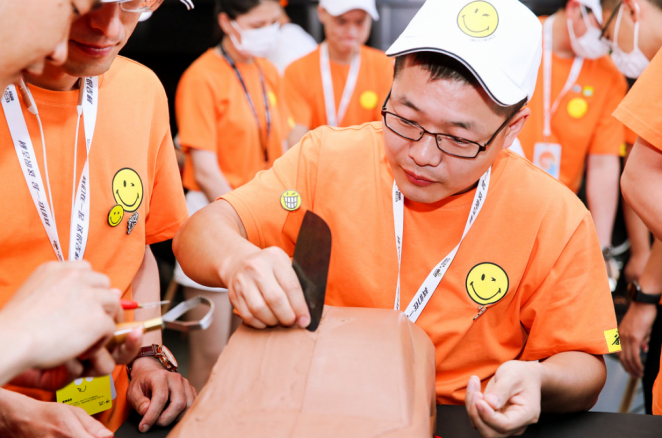
If you forget this point, no matter how impressive other things you do, they are all in vain. Listen carefully to user needs, satisfy their expectations of their cars as much as possible, and allow users to co-create real benefits. This is the most basic function that “we” must achieve.
Sixth, “we” are feeling our way in the dark, but we will definitely get better.Lin Jie said that no other brands, including Geely-owned Lynk & Co and other well-established brands created by user culture, have such a large existing user base as Geely with a foundation of 10 million users that continues to grow at a scale of 1.5 million annually. In the automotive industry, Geely is the role model.
Therefore, “we” is a brand that Geely and all users build together. Geely adheres to the principle of treating users as family, creating happiness for users, and working with users to build the brand. However, there may be some oversights and problems during the process. But as long as Geely sticks to the initial intention of being kind to users, always keeping in mind the promise to users, maintaining innovation, and keeping diligent to solving problems, “our” family will become better and better, and more in line with users’ expectations.
Lin Jie’s six points can be regarded as the user basic agreement in the Internet industry, which represents a company’s fundamental values in society and to users. For a company that interacts with users directly through communication technology platforms, the user basic agreement, product philosophy, and corporate vision together constitute the basic culture of a company.
Lin Jie joked that in order to prepare for the “our” user brand, Geely has done a lot of meticulous preparation work internally. For example, since users are now part of “us”, it is not appropriate for users to call him “Vice President of Geely Group.” Therefore, since the beginning of this year, Geely has given everyone in the company a “flower name.” Li Shufu is called “Old Li” or “Eric,” the serious chairman of Geely, An Conghui, has turned into the cute “Cong Cong,” and Geely’s CEO, Gui Shengyue, has become the user’s “Forrest Gump.” Lin Jie himself has dismantled his name into “Mu Mu”. Lin Jie likes the name “Mu Mu,” which conforms to his practical work philosophy of doing things for users and not being flashy.
The entire “our” project only has three officers with official titles, that is, the three leaders of the APP, one of whom is the Executive Vice President of Geely Automobile Sales Company, Fan Junyi, who always stays at the forefront of the company, and the other two are Geely’s senior car owner representatives who do not receive a salary, but make it their duty to find fun for users and to “find fault” for the company.
To highlight the brand theme of “finding fun for users”, at the “our” brand launch event, Geely announced its collaboration with the well-known happy brand SMILEY WORLD to create the first set of theme-based joint cooperation peripheral products.Similarly, the creative idea IDEA jointly created by “us” also debuted. In my opinion, the design language of this car reflects the unique thinking of Geely and Geely users on the era of intelligent cars, incorporating a massive amount of user-proposed styling suggestions.
Not to mention the groundbreaking design, an interesting detail is the arrangement of the laser radar and camera on this car. For intelligent cars, the position layout of these two configurations has always been a headache for designers.
The Vision Starburst, a concept car that is said to be very close to mass production, creatively arranged a transparent area on the hood to house high-performance cameras, combining design and technology while providing excellent visibility for the cameras.
The arrangement of the laser radar further reflects this car’s understanding of intelligent cars. Two laser radars are installed at the front end of the glass hood of the headlamp group and are in a telescopic state. For this new car designed with quasi L4 autonomous driving level, the laser radar will be in the retracted state when manually driving, and the headlights will be used normally.
When the vehicle is in a highly automated driving state, the headlights no longer provide visibility for the driver, but serve as an overall outline, and the laser radar rises to work. The laser radar placed on the headlamp group maximizes the laser emission and reception width. To date, this is the most imaginative and well-balanced laser radar arrangement that I have seen.
According to Lin Jie, this car will not keep the users who participate in the design waiting too long, and the production products will not only maintain highly intelligent configurations, but will also not be limited to purely electric power options. Through this first jointly created user product, Geely will once again demonstrate its commitment to completing the highly intelligent product upgrades for all brand products as an automobile company that will provide multiple powertrain products for a long time to satisfy users’ needs for intelligence.# Li Xiang, the new CEO of Geely Automobile Holdings, born in the 1980s, once said in an interview with me that as the automotive industry enters the era of the Internet, our biggest lesson is the relationship between companies and users when we examine internet companies. This relationship is no longer just between manufacturers and customers, nor is it an oppositional relationship, but a seamless integration. The foundation of this integration is advanced communication technology, but more importantly, it is the company’s commitment to its users. All companies that gain strong user vitality have proposed commitments that users expect and have been striving to fulfill them.
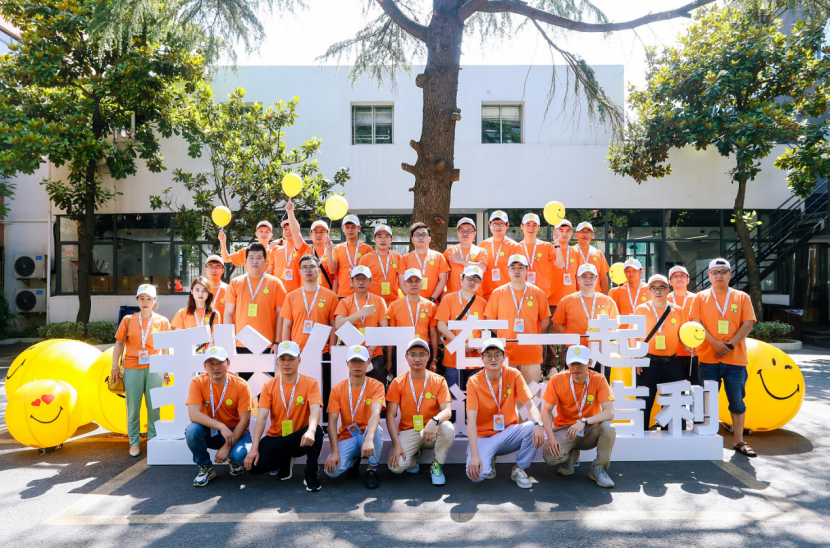
Geely’s user brand “We” is actually a new user platform that continuously optimizes enterprise commitments and implements those commitments. In my opinion, the establishment of this platform is like opening a door that will never be closed for a car company with millions of users. It not only means the end of the era of “isolated development,” but also the beginning of large car companies’ efforts to establish a networked platform with millions of active users. Millions of active users, whether in functional or content-based app fields, are important user groups.
Large car companies have now entered the path of “beyond cars.” Geely’s user brand sample has a demonstration significance for the entire automotive industry that far exceeds current models of other companies. Where this road leads and how many exciting engines driven by time evolve remains to be seen. Whether “We” can ultimately come together is the key to whether this exciting path can be successful for Geely.
This article is a translation by ChatGPT of a Chinese report from 42HOW. If you have any questions about it, please email bd@42how.com.
